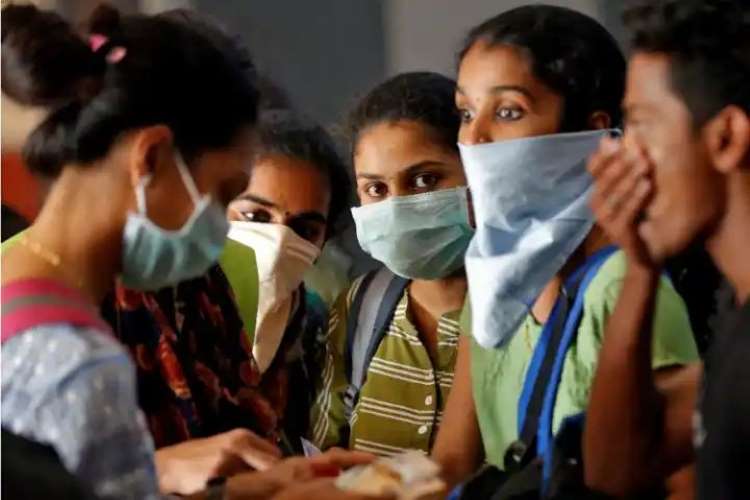
India’s war on Covid-19: Lancet is well known for not mincing words. Their recent editorial is one such thing. Very brutal, but to the point. And the scathing attack comes at the worst time possible for the government that is neck deep in trouble. The whole world is watching India struggle and Lancet just gave the country some more bad publicity.
India has recorded more than 23 million confirmed Covid-19 cases and more than 2,50,000 deaths. Estimates point towards a possible 2x to 3x mortality by the time the second wave is contained. Roughly 3.7 million active Covid-19 cases are there to be taken care of right now. And close to 9,000 remain in critical state. The seven-day rolling average for new cases is 3,90,000 and for deaths is 3,886. This is likely to cross 4,000 by the end of this week. Already 10 states are under lockdown and things may cool down a bit if it is enforced well.
One doesn’t need to be highly educated to understand that these case and death figures are gross underestimations. There is not a single Covid-19 hospital in the country that breaths easy today. Healthcare workers are getting sick even after two doses of vaccine. They may not get serious illness, but they can infect non-vaccinated family members, patients and attendants.
READ I Covid-19 vaccines: Why compulsory licensing may fail to address shortage
Kerala alone reported that over 1000 healthcare workers are infected with Covid-19 in the last 10 days. This could be probably in the range of 10,000 or more for the same period for the whole of India. These are people who are working round the clock saving lives and a single person’s absence dents the fight for sure. More lives will be lost for every healthcare worked missing duty. There is no debate on that thing.
Covid-19 second wave exposes inadequate infrastructure
There is a shortage of everything from beds, oxygen, critical care slots and ventilators across the country. Kerala too is at a critical juncture now. Even with a full lockdown, the burden is beyond imagination. The state has nearly 3,000 ICU beds and just around 2,000 ventilators. The ICUs are running at 80% capacity and more than half of the ventilators are already engaged. It’s just a matter of one week before these slots are engaged. At close to 40,000 new cases per day, that’s a likely scenario.
In March, the government declared that the game is over and stated that India won the war on Covid-19 convincingly. This was at a time when the government’s own sero survey (ICMR) suggested that hardly one in five citizens got the infection. One can doubt the accuracy of sero surveys, but the government should not have missed the warning it held out.
READ I Online education: Long-term vision needed to bridge digital divide
Premature celebration fueled the second wave
The trumpets were sounded, probably with the elections to five state assemblies in mind. The government wanted to boost its image before the electoral fights, but their own words are haunting them big time now. And the Lancet editorial is rubbing salt in the wounds now. It is easy to be misled when you are advised by the people whose intention is to make you happy. The current scenario is nothing but a reflection of this vicious cycle.
Experts from all corners of the country were confident that India reached the herd immunity stage against Covid-19 and the rest of the fight is nothing to be worried about. Data from other countries already facing the second wave were sending clear signals. The message was simple: there will be a lull followed by heavy downpour. If you think it’s all settled, you’ll be drowned in no time. Isolated voices from several corners were warning the government against election campaigns and festivals, but all fell in deaf ears.
The general public was happy. They were made to believe that the war is over and everything is back to normal. That message made them shed all caution. The combination of the government missing the early signals and the public embracing free movement led to a deadly outcome. India is paying the price of it right now. The country opened up without enough vaccines to build the defences. And it looks like safety is at least a year away.
India administered 17 crore vaccination doses, but the figure of fully vaccinated is a lowly 3.5 crore — just above 2.5% of the population. The vaccine makers are making them slower than expected. There needs to be some hard action in this area for India to bounce back.
The government can still win the war if it plays its cards right even at this stage. All states that are struggling now should be supported wholeheartedly. This is the time to join hands and fight together, and not to blame each other.
(Dr Manu Raj is a paediatrician, clinical researcher and research methodologist based in Kochi. Views are personal.)
Dr Manu Raj is a paediatrician, clinical researcher and research methodologist based in Kochi.

